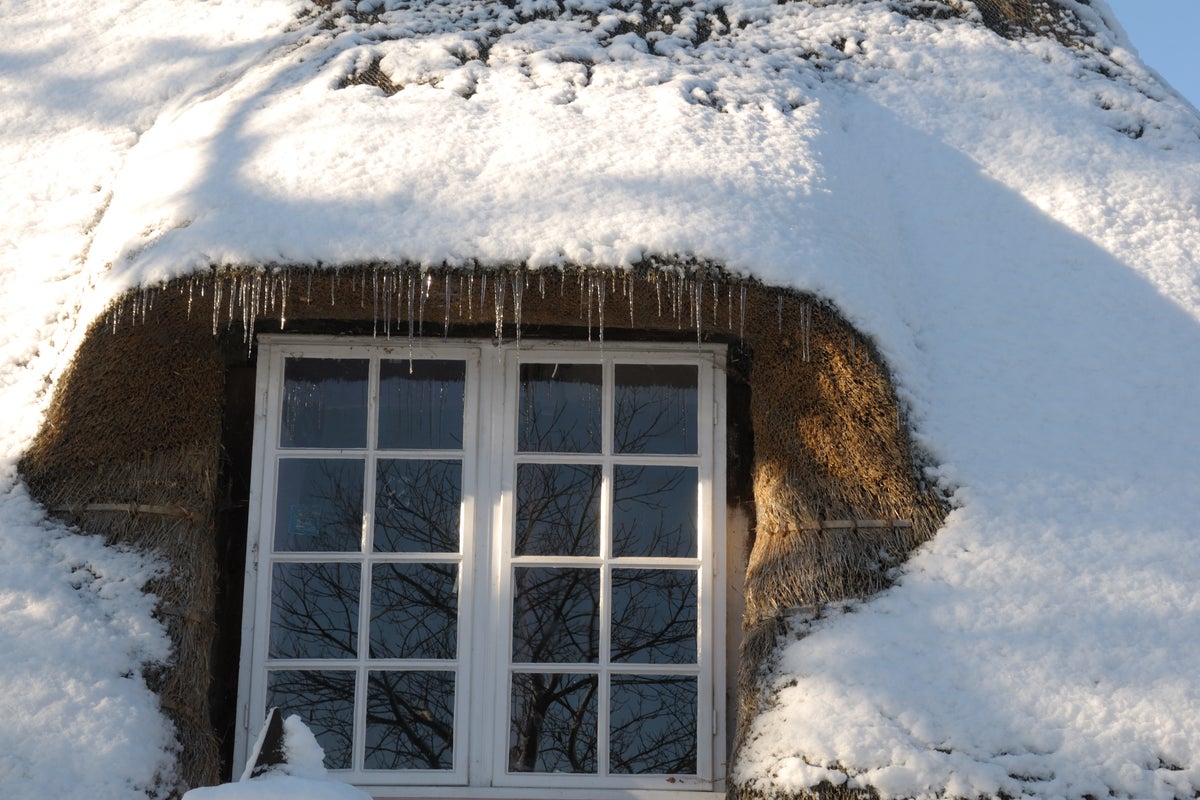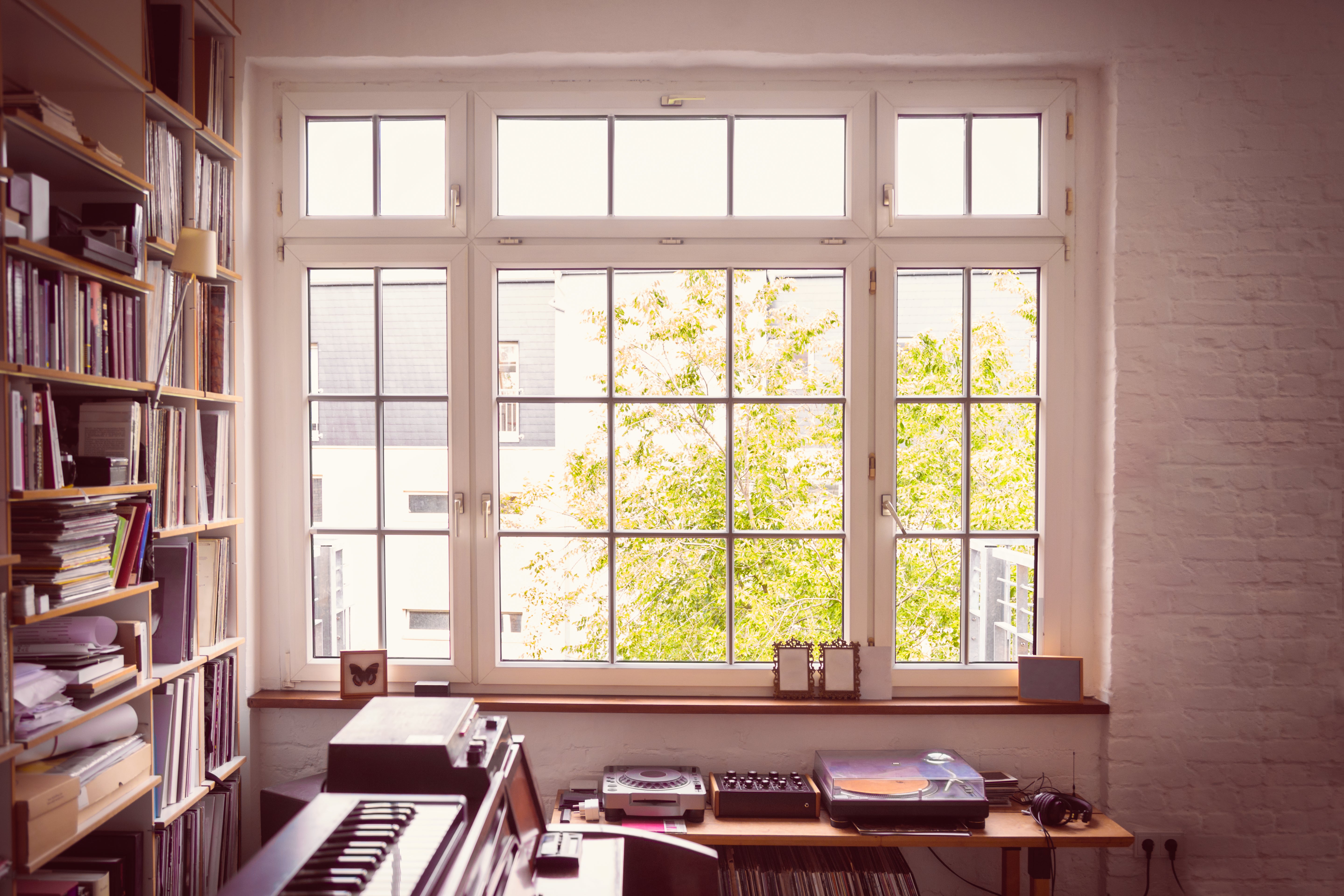
If you’ve ever asked yourself, “What is a casement window?” you’re not alone. This timeless design is one of the most common types of windows in UK homes, prized for its practicality, versatility, and clean lines. Hinged at the side and usually opening outwards, casement windows provide excellent ventilation and unobstructed views.
In fact, casement windows are one of the oldest window styles in Britain, predating sash windows, which only became fashionable during the Georgian era.
Today, casement windows remain a popular choice for both modern builds and period properties thanks to their blend of heritage and functionality. While sash windows get much of the attention for being an older style, they replaced casement windows in many buildings from the Georgian period.
What materials are casement windows made from?
Casement windows have stayed relevant for centuries because manufacturers adapt them to newer materials. The earliest examples used wrought iron to hold small glass panes. Later, timber became the standard — and if you want a traditional look with a softer, natural feel, wooden frames are still a strong choice. With regular varnishing, timber casement windows can last up to 40 years.
Modern homes, however, more commonly use uPVC frames. They’re the most affordable option, low-maintenance, and will usually last around 20 years. Aluminium frames sit in the middle, offering a sleek look and a lifespan of up to 50 years, but at a lower cost than timber.
How much do casement windows cost?
What is a casement window’s cost? Prices can vary widely depending on the frame material. Based on our research, the estimated cost to fit double-glazed casement windows across an average three-bedroom home is:
- uPVC casement windows – around £4,500
- Aluminium casement windows – around £9,600
- Timber casement windows – around £14,000
uPVC is the cheapest and suits most properties, while timber comes at a premium but offers longer life with proper care.
How long do casement windows last?
- uPVC: up to 20 years, though it can become brittle over time due to sunlight exposure.
- Timber: up to 40 years, provided the frames are regularly maintained.
- Aluminium: up to 50 years, though the risk of bending can affect longevity.
It may seem odd that wood can last longer than plastic, but that’s because uPVC cab become brittle due to sunlight exposure. When it breaks, it can’t be patched up like wood. Aluminium’s main enemy is bending.
Are casement windows energy efficient?
Yes — in fact, casement windows often outperform other types, such as sash windows, when it comes to insulation. That’s because the design presses the sash tightly against the frame when closed, reducing airflow and cutting down on heat loss.
Material |
Casement cost for an average 3-bed |
Bay cost per window |
Sash cost for an average 3-bed |
Tilt and turn cost for an average 3-bed |
Bow cost per window |
uPVC |
£4,500 |
£2,250 |
£6,500 |
£5,900 |
£2,250 |
Timber |
£14,000 |
£6,700 |
£18,000 |
£18,000 |
£6,700 |
Aluminium |
£9,600 |
£4,500 |
N/A |
£12,000 |
£4,000 |
What types of casement windows can I buy?
There are variations in the styles of casement windows. You can buy casement windows that open inwards. This can be useful to avoid obstructions such as plants outside your home, although it means you can’t use your window sills to hold anything.
You can also have double casements, which open outwards together like French doors.

Casement window pros:
- Probably the cheapest style
- Easy to maintain
- Fits in with most homes
Casement window cons:
- They can be vulnerable to damage, since they open outwards and can be caught by strong winds.
What to look for in a casement windows quote
Once you’ve decided to buy your casement windows, you’ll want to get a few quotes together. You can use our expert tool to get prices in your area.
Your quote will be influenced by a few different factors, including how many windows you want, their shape and location, what materials you have chosen, and where you are in the country.
Windows will cost you more in London because the area commands higher wages for tradespeople, for instance.
Firstly, you will want to go through the quote with a fine-tooth comb. What have they included? Has anything been missed out? Is scaffolding in there? Do you need scaffolding? How long have they quoted for? Is that enough or too long?
Does the quote include the finish, colour, locks and handles you asked for?
If you have opted for in-house financing, which you should probably try to avoid since it will be more expensive than other loans, is the deal exactly as the salesperson described?
If there are any discrepancies between what you asked for and what’s in the quote, raise that now and use it as leverage for a discount. If the detail is not there, ask for it.
You will also want to check exactly what the guarantee covers so you can compare it to other deals.
How to get the best price for casement windows?
In a word, haggle. There are hundreds of window fitters in the UK and there will be dozens in your area. If you offend one by asking for a cheaper price, so what? Be bold.
Haggling is something of a lost art in the UK, since so much is bought online or in shops where no room for negotiation is allowed.
But for big purchases like cars, homes, windows and renovations, it can save you thousands of pounds.
The key thing is to understand your own priorities and those of the fitter.







